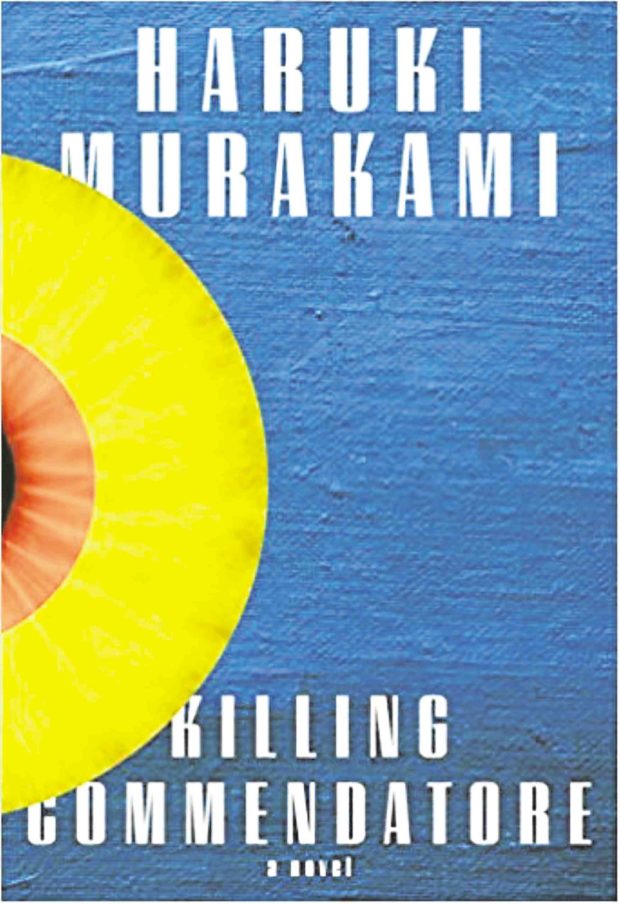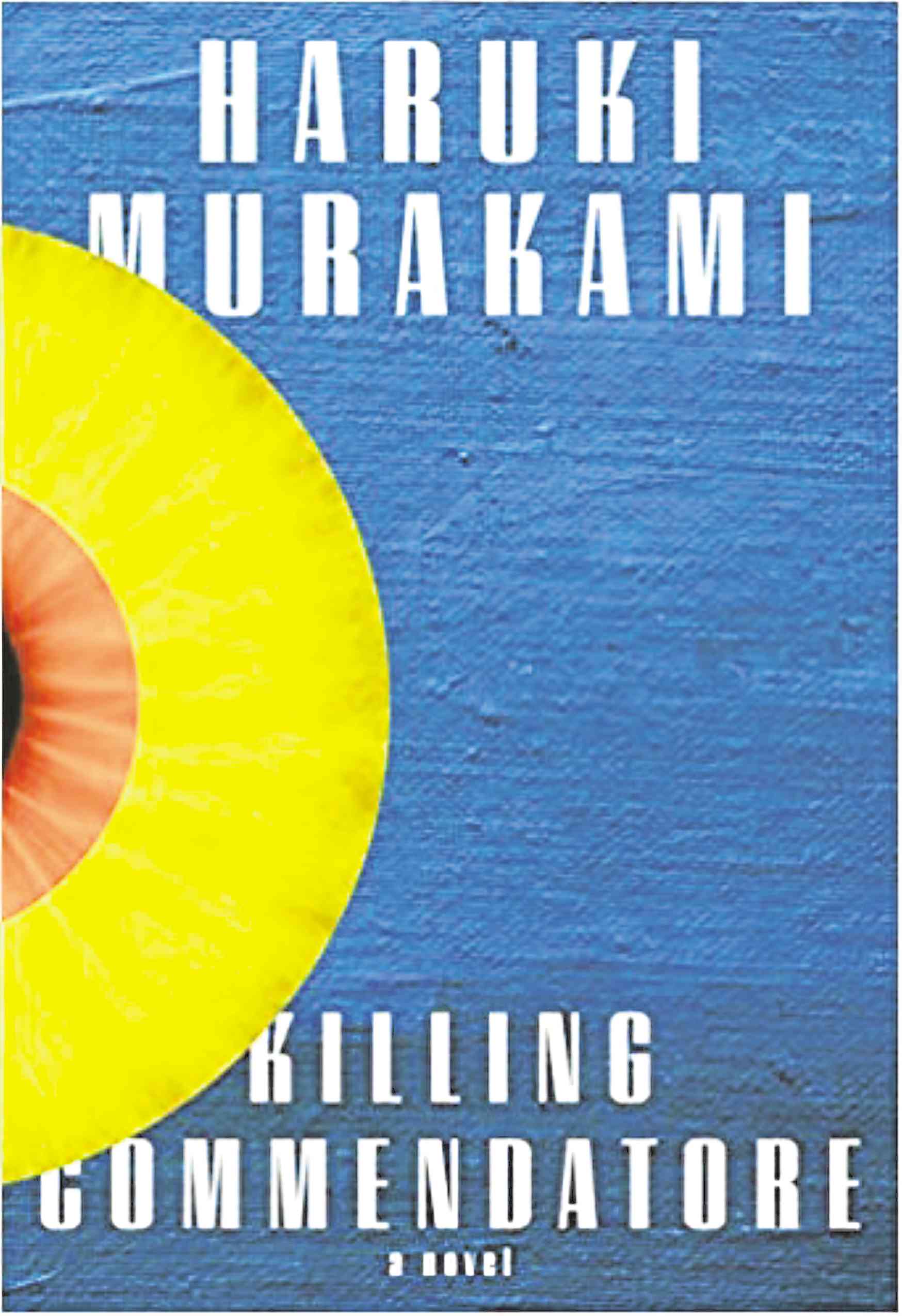 At the intersection between the everyday and the extraordinary lies the writing of Japanese novelist Haruki Murakami.
At the intersection between the everyday and the extraordinary lies the writing of Japanese novelist Haruki Murakami.
He has gathered a worldwide following due to his ability to wrap odd events in ethereal prose. He has been working to get further and further away from the reality that anchors many other novels. His newest novel, “Killing Commendatore,” (translated by Philip Gabriel and Ted Goossen, Alfred A. Knopf, New York, 2018, 681 pages) is his strangest book thus far.
That is quite the achievement, considering Murakami makes sure every book is a little on the weird side.
His breakout book, 1994’s “The Wind-Up Bird Chronicle,” is a shorter, more compact work that touches on alternate realities. His biggest book, 2011’s “1Q84,” has two different timelines as the premise and, though it runs to almost a thousand pages, has a big, soaring story arc that folds into itself at the end.
His most recent book, 2014’s “Colorless Tsukuru Tazaki and His Years of Pilgrimage,” displays a more meandering, almost floating plot that, while not supernatural, feels like it.
“Killing Commendatore” is clearly pointed at a more supernatural direction, while adopting the meandering feel of “Colorless.”
Trying to explain the plot of any of his books is an almost futile exercise, since reading Murakami is more about the experience than the set pieces.
“Killing Commendatore” revolves around the experiences of an unnamed 36-year-old Japanese portrait artist who, after the failure of his marriage, decides to live a hermetic life in a big house on a mountainside near Odawara. The novel is narrated in first person, a Murakami must.
Mozart’s ‘Don Giovanni’
While there, he discovers a painting left behind by the former owner, Tomohiko Amada, who is now in a home for the elderly. That painting, “Killing Commendatore,” depicts the climax of the Mozart opera “Don Giovanni.”
As the protagonist gets more obsessed with the painting, he starts to hear a bell ringing in the middle of the night, and he is soon visited apparently by a supernatural presence that only presages even stranger supernatural experiences: “I couldn’t know it at the time, but that one painting changed my world forever.”
In the real world, he meets a wealthy man, Menshiki, and a precocious 13-year-old girl, Mariye, even as he goes through a creative revival tied in to remembrances of his failed marriage and the events immediately before his arrival at Odawara.
That would still be an understatement, as “Killing Commendatore” is also about sex, domestic tension, lost connections and—you have to read the book—dangerous double metaphors. It can be disturbing for all the wrong reasons and likable for the right ones—but not for long.
The “Great Gatsby” side plot and the various narrative culs-de-sac that occur in the middle of “Killing Commendatore” gives the reader the feeling that they are reading different books put together. This is partly accurate because “Killing Commendatore” was originally published in Japanese as two separate volumes. A lot of the chapters involve two people just having conversations full of exposition that may or may not have to do with the plot, and other parts involve traveling to another world where ideas roam freely like creatures.
But Murakami seems much more interested in where the writing takes him than he is in plotting the book, as if this book was written in stream-of-consciousness, and written from start to finish instead of with structure. After page 400, it becomes truly bizarre. After page 500, it literally feels like a completely other book, with the protagonist vanishing from the pages for a while.
Puzzling
The book actually ends without the reader realizing it, as “Killing Commendatore” continues past that point to a very puzzling ending without proper pacing or preparation. It feels like the book has been marinated in an inscrutable depth that feels convincingly discoverable but remains forever out of reach. “We all live our lives carrying secrets we cannot disclose,” he writes.
It can be said the experience is much more Murakami than ever, whether or not you like that kind of thing. Reading his prose is like going into a trance. The text is pretty and hypnotic, though you don’t quite get a feel for where it’s going.
Readers new to Murakami would be advised to read one of his earlier, more conventional works. “Norwegian Wood,” published in 1987, would be a better gateway book. If a reader unfamiliar with Murakami were to pick up “Killing Commendatore,” it might scare them off forever.
One can appreciate the experimentation and the unique storytelling on display in this novel but also be cognizant of the challenges the book presents to readers. Haruki Murakami outdoes himself with “Killing Commendatore,” the strangest book he has written so far, and that is truly saying something.
Available in hardcover from National Book Store














































